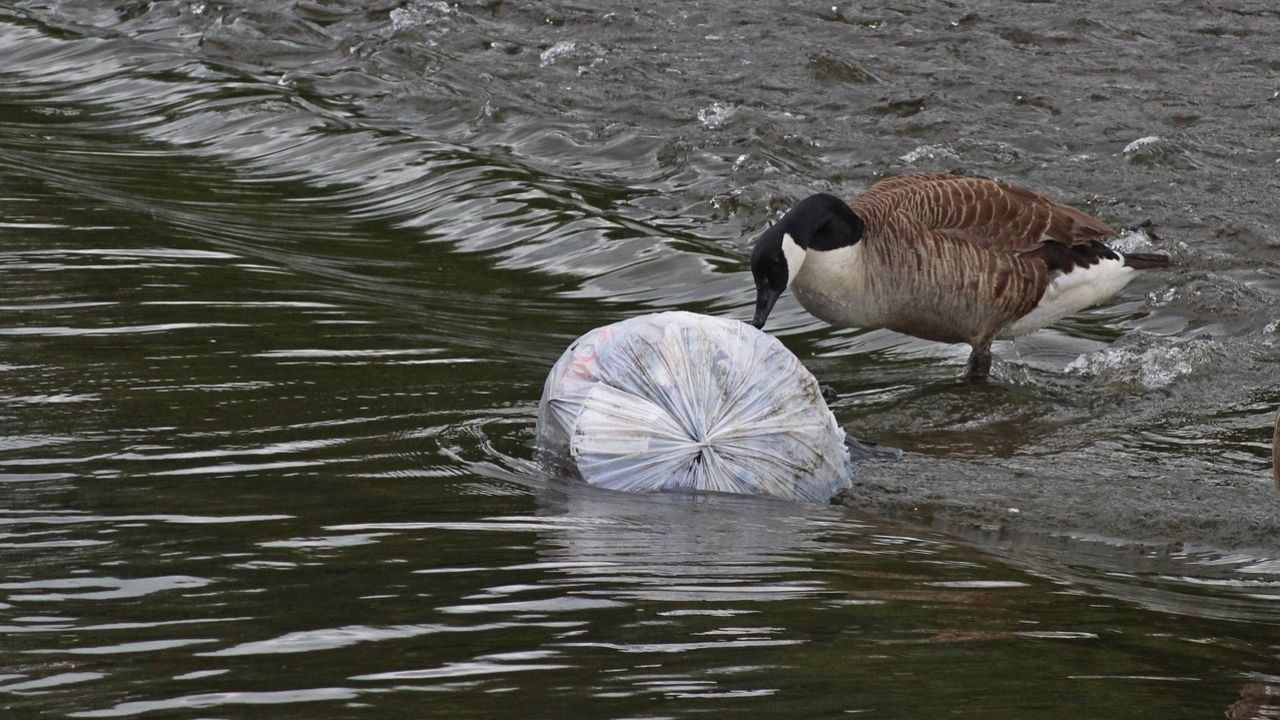In a world where technological boundaries are being pushed almost every day, SpaceX has just achieved another milestone. For the first time, a group of Starlink satellites has been sent into space, which will provide direct access to the cellular network. This is a real treat for everyone who dreams of unlimited coverage for their phones via high-speed Internet.
SpaceX, known for its pioneering approach to space exploration, has introduced another innovation to the world – the first batch of Starlink satellites that communicate directly with mobile phones. This revolutionary event could revolutionize the way we connect to the Internet, especially in places where traditional methods fail. The satellites were placed into orbit using a Falcon 9 rocket. You can watch a video of the moment the new satellites were placed into orbit below in the text.
You can read more about Starlink and SpaceX technology on Spider`s Web:
What is Starlink direct to cell?
Starlink Direct-to-Cell is a service that allows direct communication between satellites and mobile phones, without the need to use additional equipment, for example a Starlink antenna array. Thanks to this, users around the world will be able to enjoy access to voice, video and data in places where it was not possible before.

How it works?
Once in orbit, the direct-to-cell satellites immediately communicate with the rest of the Starlink constellation using a laser system. According to SpaceX, “The enhanced Starlink satellites have an advanced modem that acts like a cell tower in space, eliminating dead zones with network integration similar to a standard roaming partner.” Messages should come first, followed by voice and data.
SpaceX's partner in this project is T-Mobile. The company will now conduct 180 days of testing on 2,000 test devices, mostly in the western United States. Starlink's Direct to Cell signal will use the 1910-1915 and 1990-1995 MHz radio bands, which means most T-Mobile phones currently in use should be able to receive it without modification. In addition to T-Mobile in the US, SpaceX has partnered with operators in Australia, Canada, New Zealand, Japan, Switzerland and Chile.
What does this mean for the future?
T-Mobile will test the service at radio astronomy facilities in West Virginia and New Mexico to see if it causes interference. Some astronomers may be concerned that, according to SpaceX, “the first six Starlink satellites attached to the cell will be slightly brighter than the previous Starlink V2 Mini.” However, SpaceX confirms that it is working extensively to make future satellites darker.
SpaceX isn't the only company promising satellite connectivity via regular cell phones. Jeff Bezos' Kuiper project is expected to be Starlink's biggest competitor. The first prototypes of the satellites are currently in the testing phase, with production versions expected to join them in orbit soon. AT&T is also testing satellite voice and data communications with unmodified phones using the first in a series of AST SpaceMobile satellites in low Earth orbit.
SpaceX proves once again that the limits of possibility cannot be exceeded. Direct cell satellites are not only a technological achievement, but also the promise of a better tomorrow where each of us will be able to connect to the rest of the world, regardless of our circumstances. This is the beginning of a new era in satellite communications, and we look forward to seeing what happens next in this fascinating story.

Echo Richards embodies a personality that is a delightful contradiction: a humble musicaholic who never brags about her expansive knowledge of both classic and contemporary tunes. Infuriatingly modest, one would never know from a mere conversation how deeply entrenched she is in the world of music. This passion seamlessly translates into her problem-solving skills, with Echo often drawing inspiration from melodies and rhythms. A voracious reader, she dives deep into literature, using stories to influence her own hardcore writing. Her spirited advocacy for alcohol isn’t about mere indulgence, but about celebrating life’s poignant moments.




![Matura 2023 Mathematics Exam. ANSWERS AND CKE SHEETS [29 września 2022] Matura 2023 Mathematics Exam. ANSWERS AND CKE SHEETS [29 września 2022]](https://www.moviesonline.ca/wp-content/uploads/2022/09/1664454234_Matura-2023-Mathematics-Exam-ANSWERS-AND-CKE-SHEETS-29-wrzesnia.jpg)





